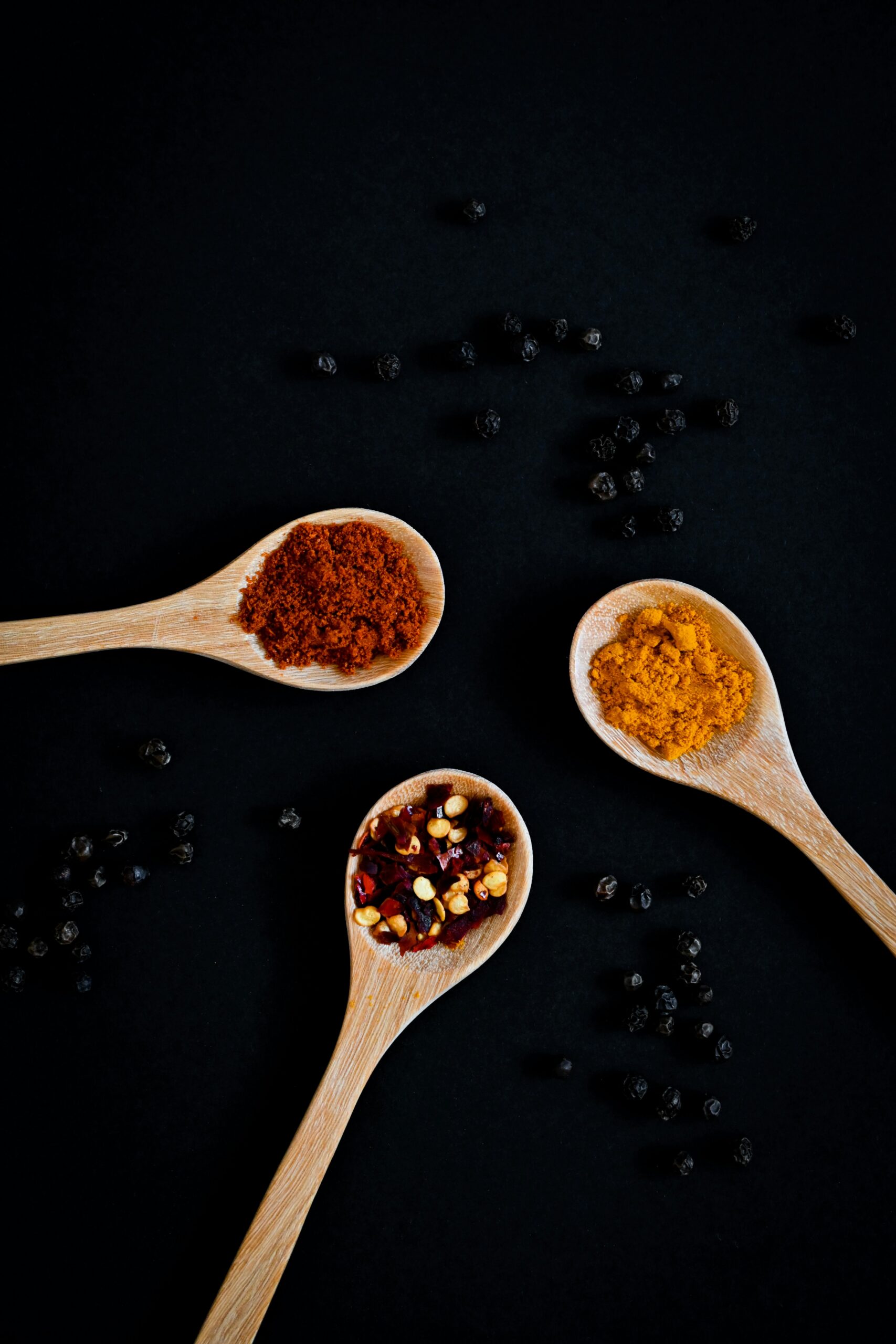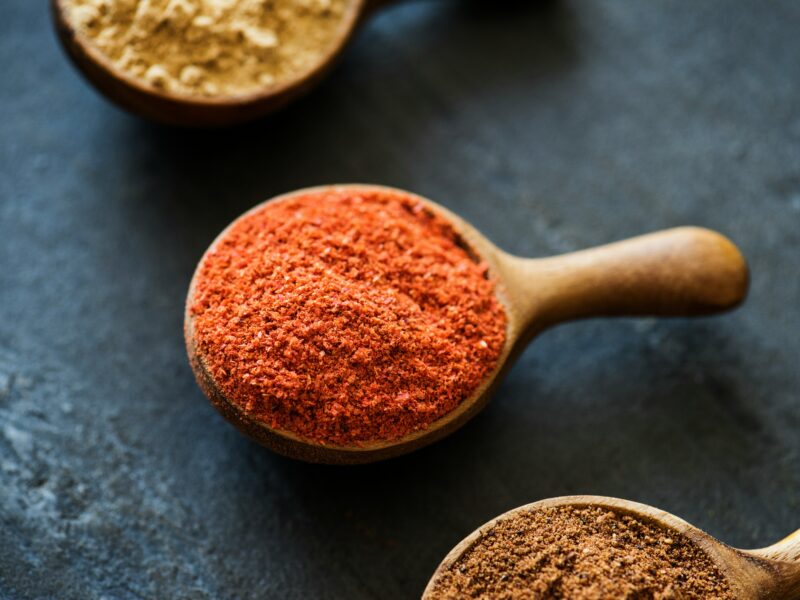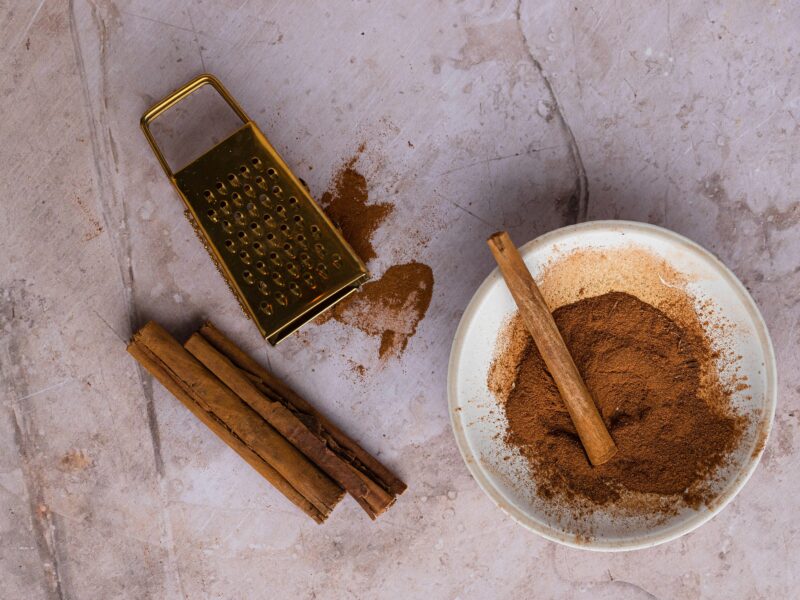Ras el hanout is a bold and aromatic spice blend that originates from North African cuisine, particularly Morocco. Known for its rich, warm, and slightly sweet flavor, this blend combines a variety of spices, including cinnamon, cumin, coriander, and cardamom, among others. Often used to season meats, stews, and rice dishes, ras el hanout brings a deep complexity to both savory and sweet recipes. But what makes this spice mix so special, and how can you best use it in your kitchen?
Origin and cultivation of ras el hanout
Ras el hanout, which translates to “head of the shop” in Arabic, refers to the best spices a spice merchant has to offer. Traditionally, it is a custom blend, varying from vendor to vendor, with some versions containing over 30 different spices. While its exact composition differs, common ingredients include cinnamon, nutmeg, turmeric, cardamom, cumin, coriander, ginger, cloves, and chili peppers. The blend is deeply rooted in Moroccan, Tunisian, and Algerian culinary traditions, where it is prized for its versatility and depth of flavor.
What does ras el hanout taste like?
Ras el hanout has a warm, slightly sweet, and deeply aromatic flavor profile with a mild heat. The combination of earthy, floral, and spicy notes makes it an exceptional all-purpose seasoning.
Flavor nuances:
- Warm and earthy
- Slightly sweet with floral undertones
- Aromatic and complex
- Mildly spicy with a hint of heat
Ras el hanout substitutes – what can you use instead?
If you don’t have ras el hanout, consider these alternatives:
- Garam masala: Shares a similar warmth but with a more Indian spice profile.
- Baharat: Offers a comparable depth with a slightly different balance of sweet and smoky spices.
- Curry powder + cinnamon: A quick substitute to replicate the warmth and complexity.
- Allspice + cumin + paprika: Captures the mix of sweet, smoky, and earthy flavors.
Difference between homemade and store-bought ras el hanout
Ras el hanout can be found pre-mixed in stores, but homemade blends allow for greater customization. Store-bought versions typically include a set number of ingredients, whereas homemade blends can be adjusted for personal preference, adding more sweetness, heat, or floral elements as desired. Freshly ground spices in homemade blends also offer a more intense aroma and depth compared to pre-packaged versions.
How to use ras el hanout in cooking
Ras el hanout enhances a variety of savory and sweet dishes, bringing a unique North African flair to any recipe.
In savory dishes:
- Used in Moroccan tagines for deep, slow-cooked flavor.
- Seasoning for grilled lamb, chicken, and seafood.
- Added to couscous and rice dishes for an aromatic touch.
- Stirred into soups, stews, and roasted vegetables for complexity.
In sweet foods and beverages:
- Blended into spiced teas and coffee for a warming twist.
- Used in baked goods like spiced cookies and cakes.
- Sprinkled over fruit-based desserts for a rich contrast.
- Moroccan Lamb Tagine: Slow-cooked lamb infused with ras el hanout and dried fruits
- Ras el Hanout Chicken: Grilled chicken marinated in a fragrant spice mix
- Couscous Salad with Ras el Hanout: A fresh side dish, perfect for a hot summer day
Cooking tips:
- ✔ Use in moderation—its complex flavors can easily dominate a dish.
- ✔ Toast the blend lightly before adding it to dishes to enhance its aroma.
- ✔ Store in an airtight container away from heat and moisture for longevity.
- ✔ Balances well with honey, citrus, and dried fruits in both savory and sweet dishes.
- ✔ Pairs perfectly with lamb, chickpeas, eggplant, and nuts in traditional recipes.
Where to buy ras el hanout
Ras el hanout is widely available in specialty spice shops, Middle Eastern markets, and online retailers. When purchasing, look for high-quality blends with a vibrant aroma and a deep golden-brown hue. For the freshest flavor, consider making your own blend using whole spices ground at home.
Why ras el hanout deserves a place in your kitchen
Ras el hanout is an essential spice blend that adds warmth, depth, and complexity to a variety of dishes. Whether you’re cooking a traditional tagine, seasoning roasted vegetables, or experimenting with new flavors, this North African spice mix offers a unique, fragrant twist to your recipes.


